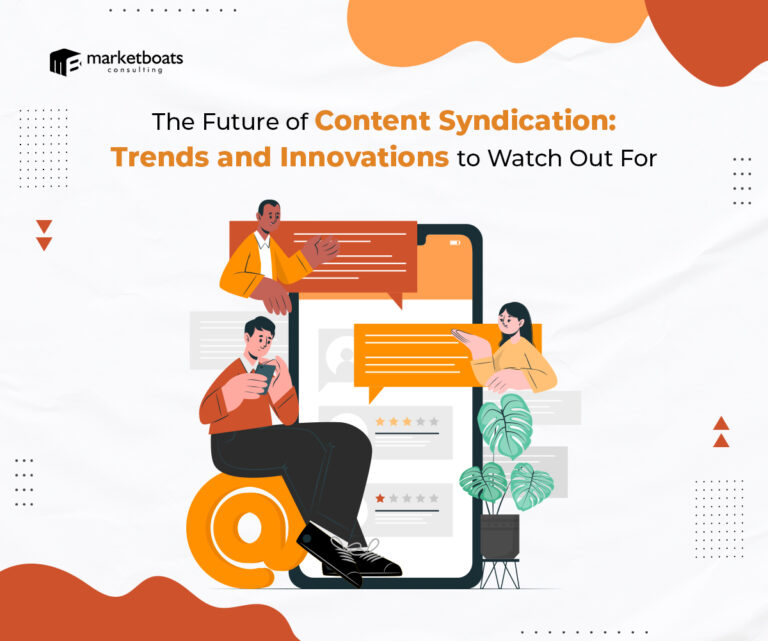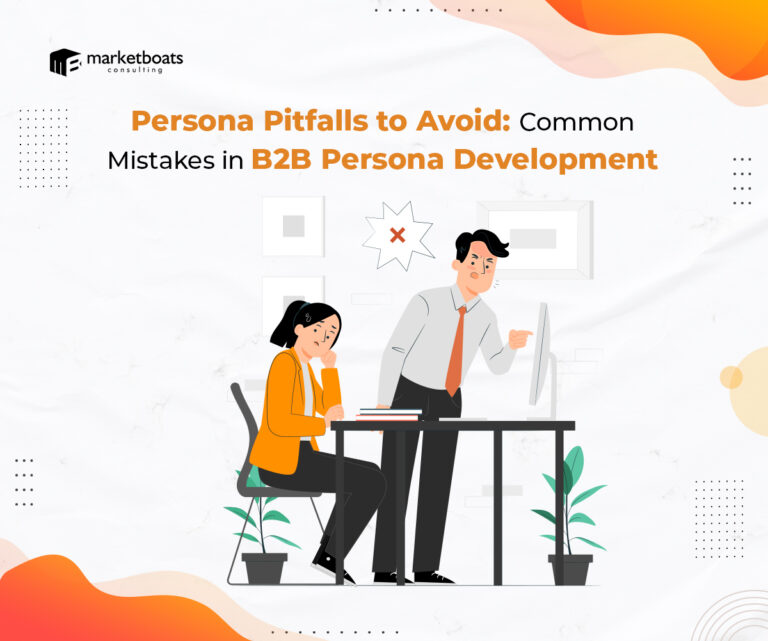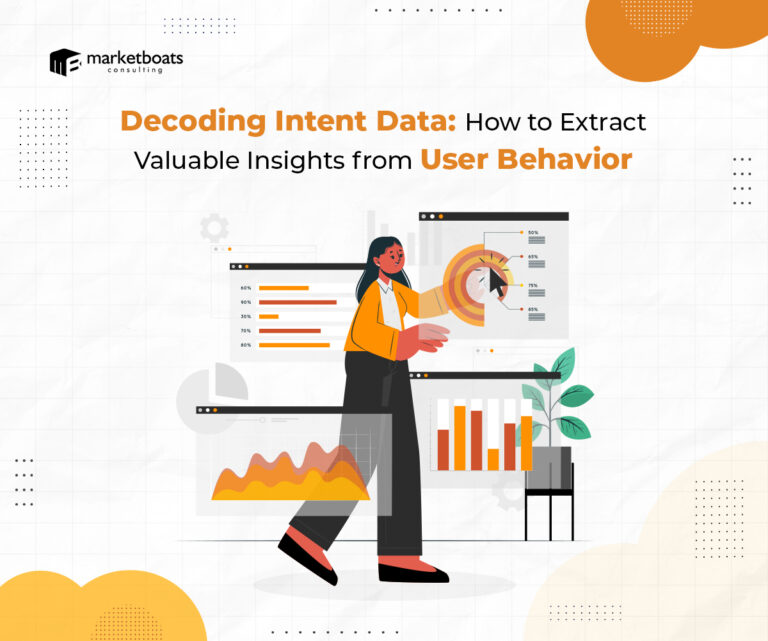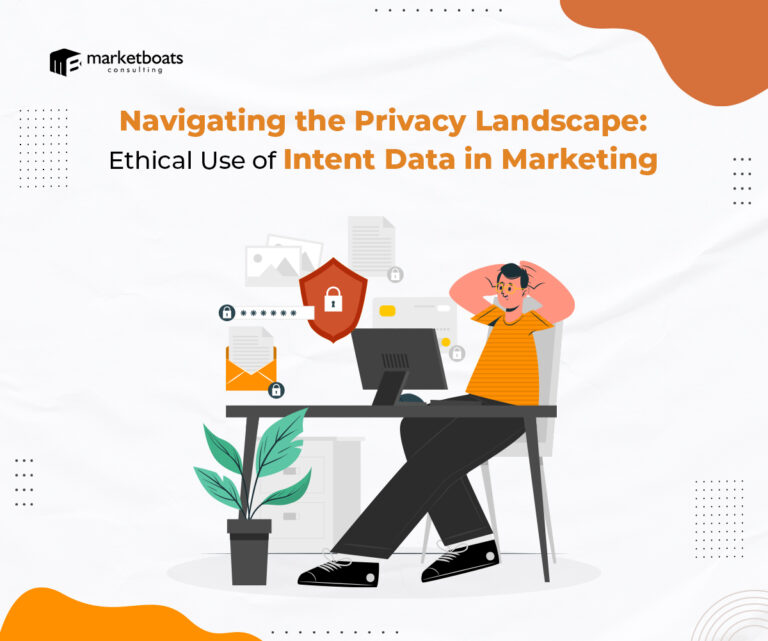In today’s time, the B2B Buyer is not an individual but a “Buying Group” working on constant Demand Generation Strategies. B2B buyers are increasingly consolidating their procurement processes to reduce SaaS acquisition and management costs.
For example, operations teams work closely with IT sourcing managers to purchase apps that meet specific digital transformation needs. They will have shortlisted your product by researching it online and comparing it with other alternatives before contacting you.
The critical challenge for B2B demand generation: Forrester’s research shows that cross-functional teams of three or more people make 94% of all purchase decisions. Gartner also states that the number of buyers has increased from 5 to 20 in the last ten years.
What this means for SaaS companies is that the average sales cycle may be longer since you have to sell to an entire buying committee.
So how do SaaS companies adapt their demand generation strategy to drive conversion and customer lifetime value?
Here are 4 steps that’ll help.
1. Analyze the level of awareness
A B2B buyer’s journey begins when they identify a business need.
However, this business needs identification has moved from a single buyer to large teams and departments.
Stakeholder mapping will help you analyze the buying group’s level of awareness and intent to purchase. This, in turn, allows you to personalize your value proposition to address specific needs.
Buying Stage: Need Identification
Pro tips:
- Map an organizational chart with relevant contact data to keep track of key stakeholders
- Drive value for all relevant stakeholders by communicating the business use-case(s) of the product
2. Tailor the content strategy
An effective SaaS content strategy educates readers and nudges them contextually to convert. At the awareness stage, it’s important to address customer pain points without directly pitching your product.
The buying committee may or may not be fully aware of your solution and offerings, so they’ll rely on online research to evaluate and narrow down their options.
You can position your product as the ideal solution when the customer engages further with your brand.
Buying Stage: Awareness
Pro tips:
- Create a tiered content marketing funnel (e-books, whitepapers, webinars) based on the customer journey.
- Amplify product reviews and online demos across multiple channels
- Run ABM campaigns for a personalized buying experience
3. Emphasize accessibility
Differences of opinion arise within cross-functional buying teams, but the deciding factor is often the initial product trial. However, most SaaS companies restrict trials to one or two users, impacting the buying experience and potentially slowing down decision-making.
For ease of purchase, provide upfront access to premium features so buyers can do a full-fledged comparative analysis of the product and arrive at a consensus.
Also, provide extensive information on integrations and data security, which are essential parameters for B2B buyers.
Buying Stage: Evaluation
Pro-tip: Reference client testimonials and case studies during in-person meetings to simplify the buying experience.
4. Prioritize ease of decision-making
Compared to on-premise software, a key selling point for SaaS is the low cost of ownership. However, the relative value of a product is directly determined by its usage. Your product may have great features, but an unclear roadmap or challenging upgrades to premium could impact sales.
The solution lies in streamlining the onboarding experience and constantly highlighting new use cases.
Buying Stage: Decision
Pro tips:
- Simplify upgrades from freemium or trials to paying customers
- Develop and run an integrated marketing campaign across channels
- Communicate the product roadmap to key stakeholders consistently
The Bottom Line
The key to unlocking conversions with buying groups lies in serving decision-makers with relevant offerings at levels of the sales funnel. With this as your foundation for demand generation, you can successfully optimize business growth.





